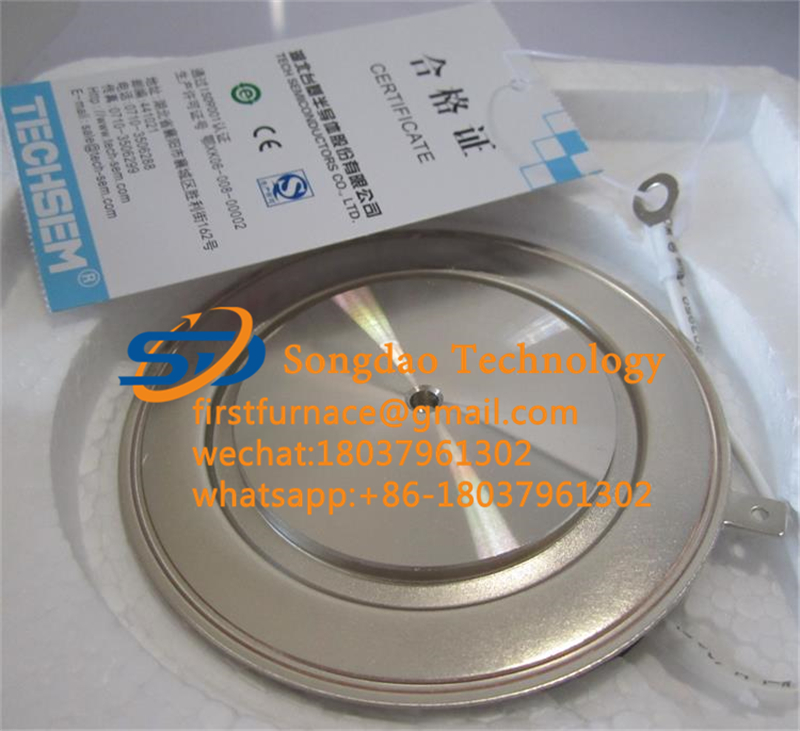- 19
- Oct
What is the main difference between the use of triacs and unidirectional thyristors?
What is the main difference between the use of triacs and unidirectional thyristors?
SCRs are divided into unidirectional and bidirectional, and the symbols are also different. Unidirectional SCRs have three PN junctions, and two electrodes are drawn from the outermost P pole and N pole, which are called anode and cathode, respectively. The P pole leads to a control pole.
One-way SCR has its unique characteristics: when the anode is connected to reverse voltage, or when the anode is connected to forward voltage but the control electrode is not applied voltage, it does not conduct, and when the anode and control electrode are connected to forward voltage at the same time, It will become a conducting state. Once it is turned on, the control voltage loses its control effect. Regardless of whether there is a control voltage or the polarity of the control voltage, it will always be in a conducting state. If you want to turn off , Only to reduce the anode voltage to a certain critical value or reverse.

Most of the pins of the triac are arranged from left to right in the order of T1, T2, and G (when the electrode pin is down, facing the side with characters). The size of the trigger pulse added to the control electrode G or When the time changes, it can change the magnitude of its conduction current.
The difference with the unidirectional thyristor is that when the polarity of the trigger pulse on the bidirectional thyristor G changes, its conduction direction changes with the change of polarity, so that the AC load can be controlled. After being triggered, silicon can only conduct in one direction from the anode to the cathode, so the thyristor can be unidirectional and bidirectional.
Thyristors are commonly used in electronic production, such as MCR-100 for one-way and TLC336 for two-way.
